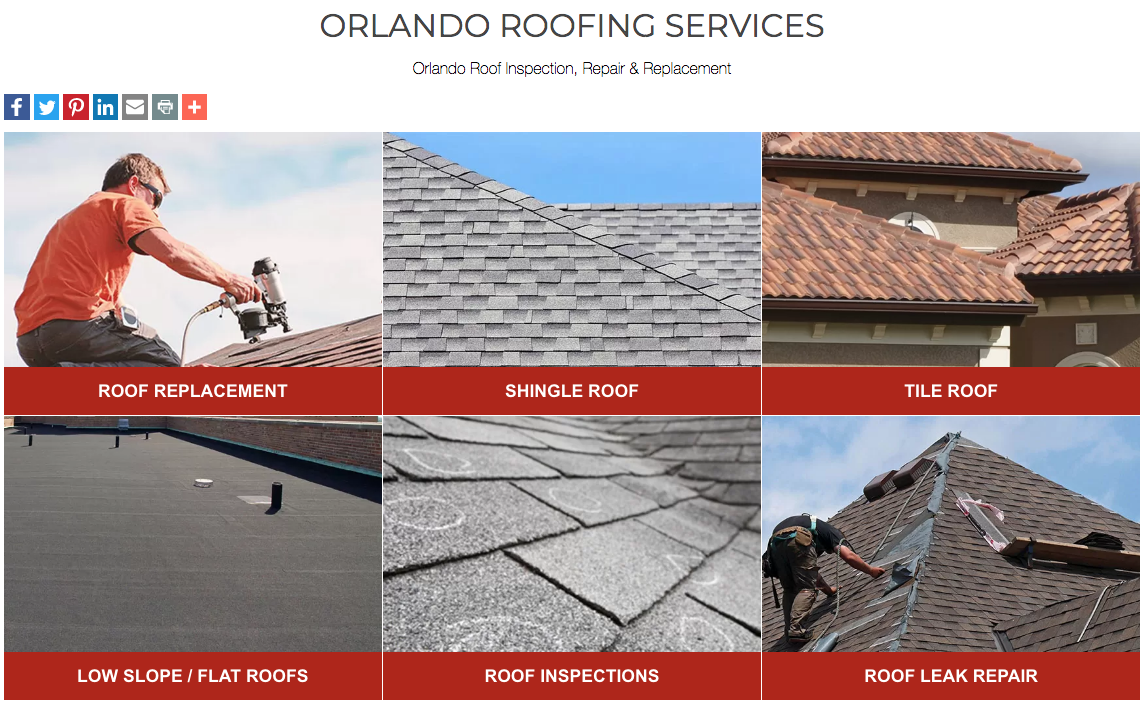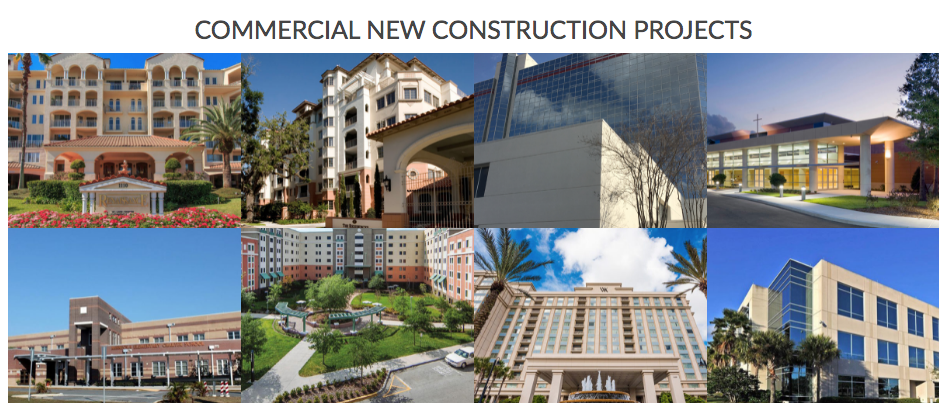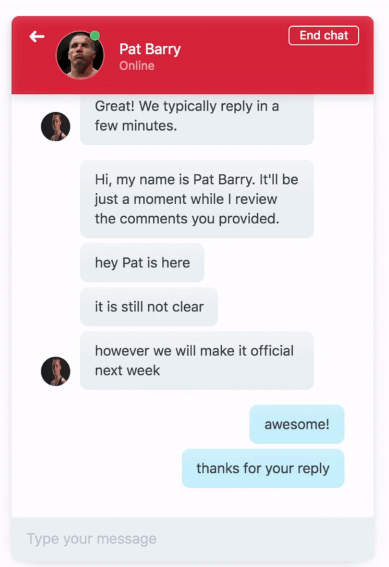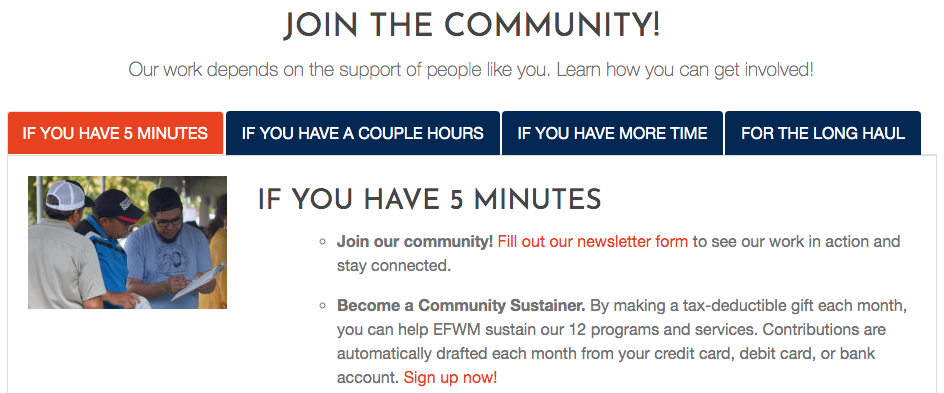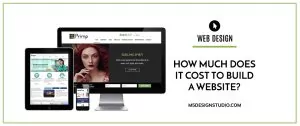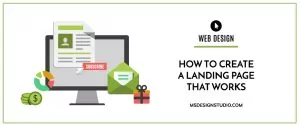
Website Company
There are dozens of different types of websites, but in this article, we’ll focus on the four main kinds of websites for businesses and non-profit organizations. These are the websites designed to bring your customers and clients to you and increase your sales or outreach success.
The four main kinds of websites are:
- Informational or Educational Websites
- Business to Business Website
- E-Commerce Websites
- Non-Profit Websites
Each kind of website has its own important features. Read on to find out what kind of website is right for you.
-
Informational or Educational Websites
Informational or educational websites are designed to provide information about a business, service, or area of interest. While they usually promote a product or services, they do not include an online store. Informational websites allow users to go to the site, grab the information they need, and then call or contact the company to take the next steps.
This kind of website is often appropriate for service providers such as consultants, medical offices, and home repair or residential construction.
Features of an Informational Website:
- Good SEO – Search Engine Optimization
- An informational website must be optimized for the keywords that customers, clients, and readers are typing into Google so that the website appears in search results. If no one can find your informational website, it’s as though it doesn’t even exist.
- Call to Action
- Include a contact form at the top of every landing page, as well as “Call Now,” “Get a Free Quote” or “Email Now” buttons that make it very easy for potential clients and customers to reach you. Here’s an example:
- Services Page
- A page featuring all your services, as well as individual landing page for each service is crucial for both the user and the ranking system in Google. If you have a “Legal Services” page that displays “Personal Injury Law”, “Divorce Law” and “Family Law,” the Googlebots crawling your site will understand these as three important terms you want to rank for. When someone visits your site for the first time, they will be able to navigate easily to see all of your services in one place as well as dedicated information about each service. Furthermore, if you are paying for Google Ads, you will pay less per click if you are directing users to a landing page with the exact content that they’re searching for.
- Testimonials or Reviews
- Testimonials legitimize your business and are one of the most important factors for new clients deciding whether they should give your business a chance. Include reviews for all of your services and a variety of different customer experiences on your reviews page. Preferably, you should set up your reviews page according to the official Google framework so that five stars will appear under your website when it comes up in Search results, drawing positive attention that makes users more likely to click on your website.

- Case Studies / Projects Portfolio
- Similarly, your portfolio of past projects or case studies builds trust in your company. These features showcase what you are capable of and provide evidence that you deliver on your promises. Make sure your project portfolio well organized so that users can easily navigate to find examples of the type of project they are considering hiring you for.
- Brand Identity
- Your homepage should have graphic design, photos and messaging that communicate who you are as a company or organization and what a client can expect from you. The rest of the website should have a consistent look and feel that reinforces the branding communicated on the home page. Brand identity allows the user to establish a positive emotional association with your company, which is one of the most important reasons that customers choose one company over another and become loyal customers over time. Learn more about brand identity.
-
Business to Business Website
A business to business website is often found by word of mouth or passed along when a company bids for a new project. This type of website is designed to “Wow” clients by showing an amazing portfolio of past projects and showcasing experience and credentials. The projects portfolio should be well organized so that potential clients can find exactly what they’re looking for and decide if the company has the experienced needed to complete their project.
A business to business website is often the best choice for construction contractors, government service contractors, and manufacturers.
Features of a Business to Business (B2B) Website:
- Differentiation
- Differentiation means showing your potential clients how you are different and why you are the best choice in your industry. This could rest on your experience, awards, pricing, or the quality of your expertise.
- Proof of Expertise
- Whatever claims you make to set yourself apart from your competitors, you need to be able to back them up. Proof can include certification seals, photos of past projects, logos and links to partners, and awards.
- Projects & Services Portfolio
- A well organized project portfolio shows past projects and they types of services you offer. Potential clients can find what they need immediately and can easily access a contact form or call to action button to get in touch with you about their next project or purchase.
- Portal for Existing Clients or Contractors
- Many B2B Websites provide a portal for existing clients or subcontractors to be able to log in and access information specific to a project or to their account.

-
E-Commerce Websites
An e-commerce website is a fancy word for an online store. This includes everything from wholesale websites with thousands of products to a small online shop with just a few products. What they have in common is a way for shoppers to make a purchase online with a credit card or other form of online payment. An e-commerce website has a digital shopping cart and checkout process, so that a customer can browse and purchase items at any time without needing to speak to a representative.
E-commerce websites should be designed to increase sales and meet the customer’s needs. Every page on the website should point the potential customer back to the online store where they can make a purchase. The organization of the website should make it very easy for customers to find what they’re looking for, including any information they need about the products and how to access customer support.
Features of an E-Commerce Website:
- Online Store
- Every e-commerce website has an online shop where users can browse products and select items they want to buy. The online store should be prominently featured and accessible from every page of the website. The store should also include a shopping cart and checkout page that allows users to add and delete items, change the quantity of an item, or apply discounts before checking out.
- Product Information
- A good e-commerce website includes all of the product information a customer needs to make an informed purchase. Product information can help convince a customer of the quality of a product and place your e-commerce products above those of competitors.
- Live Chat
- Live chat is one of the most important features of an e-commerce website. Website visitors who receive immediate answers to their questions via live chat are 3 times more likely to make a purchase. They are also 63% more likely to return to the website in the future. Learn more about live chat here.
- Customer Service
- Customer service information should be readily available and ideally will offer multiple ways for customers to contact the business. Purchase policies can also be displayed here.
-
Non-Profit Websites
A non-profit website is almost always designed for two audiences: 1) the people served by the non-profit and 2) the funders of the organization, which can include individual donors, foundations, and other institutions.
A non-profit website should be organized so that everyone who visits the website can see the amazing work the organization does, can understand how the organization spends its money, and can form an emotional connection to the issue and the people who make up the organization.
Features of a Non-Profit Website:
- Get Involved Calls to Action
- Calls to action on a non-profit website should make it very easy for people to get involved with the organization or apply to participate in the organization’s programs.
- Donate Now! Calls to Action
- Calls to action should also make it easy to donate! Give donors multiple options for ways to make a donation. Include a great photo on your donation landing page and persuasive text encouraging donors to give generously and regularly.
- Great Photos & Videos
- Every non-profit website should have excellent photos and videos to showcase their work. Visual storytelling makes the organization’s work real for potential volunteers, members and donors. They also provide emotional appeal to allow the website visitor to connect to the organization’s mission.
- Programs & Numbers
- The work the non-profit does should be featured in a program page or section of the website so that stakeholders can understand exactly how the organization carries out their mission and utilizes their resources.
Web Design Company
If you are looking for a new website for your business or organization, M5 Design Studio can help you create a website customized for your company’s success. We are a web design company with over 15 years of web design and digital marketing experience. Contact us now for a free quote or call us at 407-968-6296.



